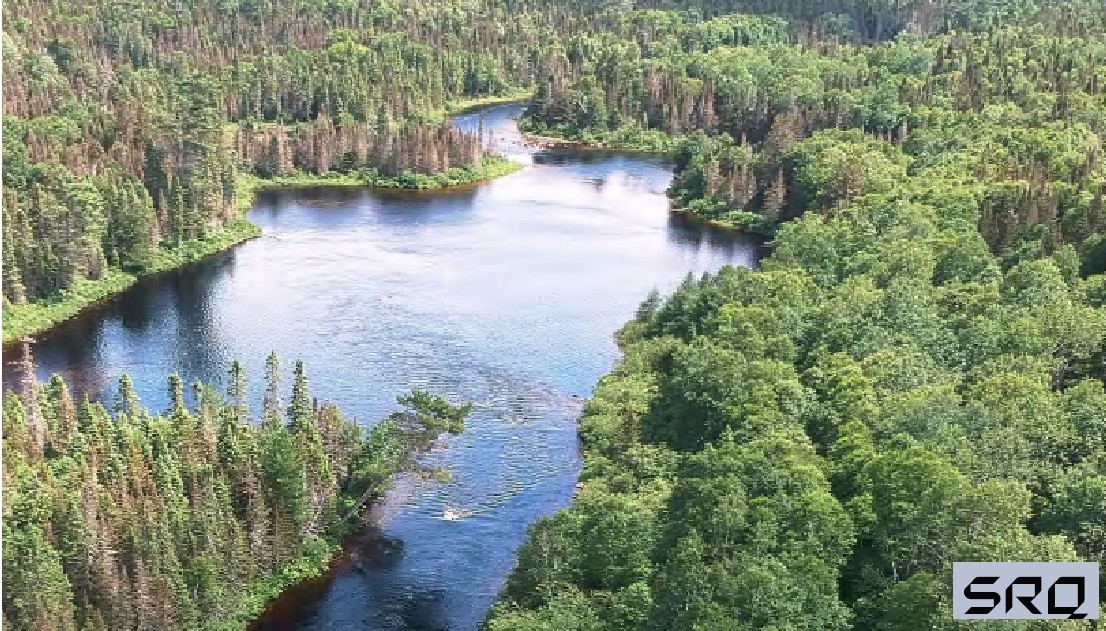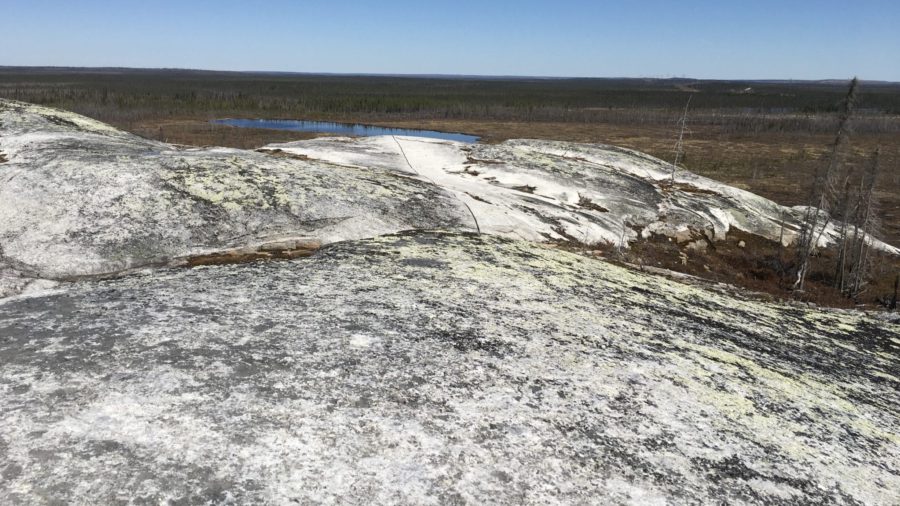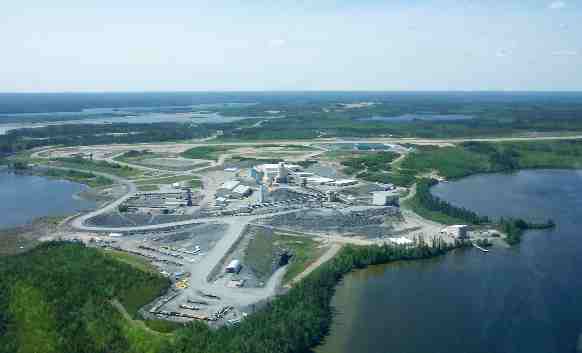Tough slugging for BC’s coal miners
BC’s coal mining industry has always had more heroes than villains over its tumultuous 150-year history.
From George Dawson who first mapped the coal formations in southeastern B.C., to William Fernie who started the area’s first mine at Coal Creek, to J. Edgar Kaiser who undertook a massive upscale in open pit strip mining in the Elk Valley in the mid-sixties.
In the midst of high costs, poor production and low revenues, bankruptcy and broken markets, someone has always emerged to pick up the pieces.
But to truly understand what it takes to make a hero in the coal industry, you have to first understand that it’s an industry almost always in flux. How it handles the ups and downs depends on both the tenacity and skills of its managers and employees on the ground.
To know where you’re going, know where you came from…
Back when George Dawson was mapping southeast B.C., even he could hardly have comprehended the amount of coal to be found in the East Kootenays: three massive coal fields with seams 100 to 700 metres deep beneath the Mist Mountain Formation. Between them, the Crowsnest, Flathead and Elk Valley coalfields, they have delivered more than 500 million tonnes of mainly metallurgical coal since 1898.
“But it was Kaiser, who in 1968 first realized that the coal in the Elk Valley was a good coking coal and consequently could be exported,” says Dr. Barry Ryan, a former geologist with the B.C. government. CP soon realized it too. Granted land and mineral rights as encouragement to build rail lines, it set out to building a line that would eventually carry 100 unit coal trains from Fernie to the Pacific coast so that from about 1970 onward “exports from southeast B.C. took off,” says Ryan.
By 1972, a new player broke ground in the Elk Valley – Fording Coal Ltd., a joint partnership of Canadian Pacific Investments and Cominco that finished expansion of its Fording River operation and began shipping coal to Japan. Even the Japanese were heroes of a sort over this period. It was their seemingly unquenchable appetite for metallurgical coal for its steel making and manufacturing sectors that drove up coal production in Elk Valley and elsewhere.
But it was a subsequent decision in 2003 by Fording that would ultimately change the face of coal mining in eastern B.C.
As John Kinnear, a third-generation miner and coal mining historian describes it, Sherritt Gordon acting on behalf of the powerful Ontario Teachers Pension Fund “made a charge into western Canada” with a plan to acquire most of the thermal coal market. “It got into some takeover attempts but in the end an agreement was drawn up with Fording giving up some of its thermal mines.” Under that agreement known as Elk Valley Coal Partnership Ford, Teck Cominco Limited, Luscar Ltd and others would be beneficiaries of the newly formed Fording Canadian Coal Trust.
“So we had this conglomerate that was 35 per cent Teck running Elkview Mine and 65 per cent Fording running the other mines.”
“Fording saw a white knight in Teck,” says Don Mills, who began as a geologist back in 1980 and who today the chief geologist working at Teck. Teck had a controlling interest in the trust and over the next five years Sherritt and company sold off their shares leaving Teck and its remaining partners in the trust firmly in charge – employing 2,600 workers by 2005 and producing 25mt of coal annually at its Coal Mountain Fording River, Green Hills, Line Creek and Elkview mines. Things were looking good.
Two years later, the trust went looking for someone to buy it out. Hobbled by infrequent and unreliable rail shipments, falling plant production, higher costs, aging trucks and shovels, and expected volatility in coal prices for 2008, the trust was out of options. With a 20 per cent stake in the trust, questions now emerged as to whether Teck Cominco would pick up the remaining shares.
You still can’t know what you don’t know…
It wouldn’t have been the first time that Teck had stepped up to the plate when trouble was brewing. Back in 1991 after Westar (formerly Kaiser Resources) went belly up, it was Teck that acquired and restarted the Westar Balmer Mine at Sparwood, renaming it Elkview Coal Corp. A year later Fording Coal Ltd. bought and re-opened the Westar Greenhills Mine. But now the trust that bore its name was waiting to hear from Teck, which already owned 40 per cent of the operations in the Elk Valley whether it was hungry for more.
Then, on July 29, 2008 Teck Cominco announced an agreement with the trust to buy 100 per cent of the assets in Elk Valley Coal Partnership. Purchase price: $14-billion USD. Elk Valley Coal Corporation was renamed Teck Coal Limited, underpinned by a resulting debt at Teck of $9.8-billion USD. Good timing? Sure, when you consider the amount of coal still left in the ground. But bad timing, too, says Kinnear. “Teck decided to take the whole works over in 2008 right before everything crashed. They took themselves right to the wire.”
Before long it was Teck – by its own estimation, the second-largest producer of seaborne hard-coking coal used by steelmakers – looking for options. Dividends suspended, spending slashed and international asset sales “to keep from going under.” Teck, on January 9, 2009, announced a 13 per cent cut of its total workforce, or 1,400 jobs, to save the company $85 million. In the midst of declining global demand for steel sapped by the global financial crisis Teck also lowered its coal production by a staggering 20%.
“Oh my gosh, we thought we were done,” says Mills. The deal done in the summer was “consummated on Halloween” at almost the rock-bottom time” to making deals like this. Teck’s problem: finding someone to finance operations “because all the money was just being sucked out of capital in North America.”
At some pains to explain its approval of the deal, the Competition Bureau of Canada could only state the obvious: “The international coal market changed dramatically after the transaction in a way that the Bureau could not have been expected to anticipate at the time of the transaction.”
Many heroes emerged at this time. First and foremost was Teck’s current President and CEO Don Lindsay who Mills gives full credit for having steered Teck through a difficult time. “Through his banking experience he managed to keep us going.” And then Mills and his colleagues jumped in to lend a hand as well. With considerable assets on the ground their employer still seemed like a good bet.
“So a number of employees from the predecessor companies thought well we might as well buy some stock because the stock prices were going down, down and we ended up in the end making out quite well.”
Since then the number of people working in Teck’s coal business unit has mushroomed to 4,300. Teck has gone onto become the number one producer of steelmaking coal in North America and number two in the world.
Eighty-five per cent of Canada’s entire coal production emanates from Teck’s coal operations. But any real doubt about Teck’s ability to rebound from tough blows on the ground is removed when looking at its fleet, including CAT 776 wheel dozers, 100 tonne Cat 777 dump trucks and advanced versions of Komatsu’s 930E haul truck.
“When I started the trucks were a quarter of the size they are now, basically 120 and 170 tonnes,” says Mills. “Today they’re closing in on the 400-tonne mark for rock hauling and 270 tonne for coal hauling. We were all proud of the 25-yard shovel. Well, now they’re like 60 yards.”
Not that there haven’t been other issues Teck has had to grapple with. In March 2013, B.C.’s environme
nt minister announced no new mines would be approved in the Elk Valley until Teck came up with a plan to manage the cumulative effects of silenium, an earth element which in concentrated forms in food can lead to deformities in newly born waterfowl. At that time, Teck was seeking approval of its continued operation in the valley of its Line Creek operations.
So time was of the essence. Not only the Line Creek mine, but three applications for mine expansions and a fourth for a new mine were on the line. Aware of the selenium problem, Teck had already set out to develop a wide-ranging mitigation plan. A biological tratent facility followed as did efforts to divert water from waste rock sites. All this as part of a $600-million commitment over five years to address silenium contamination once and for all.
The hardest people to convince that you’re making your best efforts in situations like this are, of course, the environmental groups. How have they responded? “Very well,” says Kinnear. A ‘water management agreeement’ was worked out recently between “a very strong environmental group,” Teck and government, “that everyone seems to be pretty happy with these days.”
“Teck as never shrunk from challenges like this.”





Comments